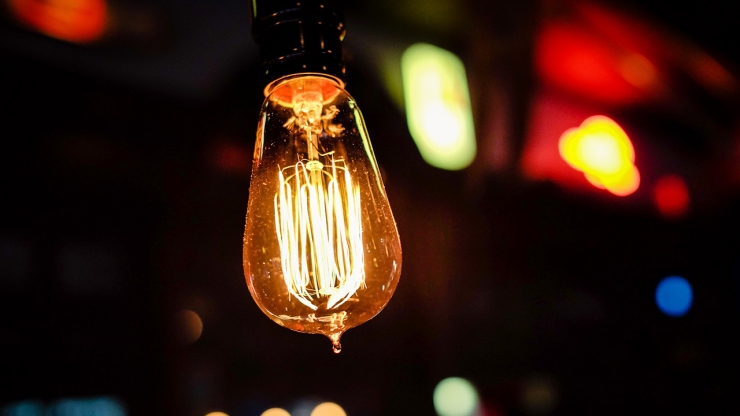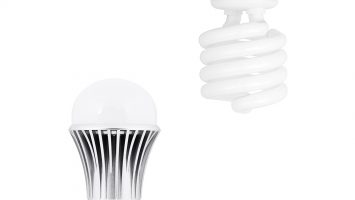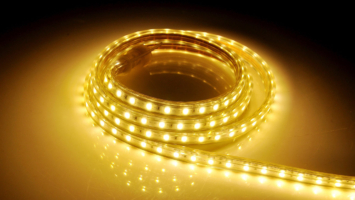
Luminous flux expresses to the total amount of light which emitted by a lighting element in all directions, in other words, it expresses the power of light. The unit of the light flux is lumen.
We used to know how much light the 30W, 60W, 100W bulbs gave us, we didn’t have to deal with lumens. However, the power of LED technology is evolving. It gives more light per power. This causes the market to give place products with different power, different lumen value. In other words, a brand’s 10W LED light bulb may be giving less light than the other brand’s 8w LED light bulb. Therefore, it is necessary to pay attention to the value of lumens instead of power.
In order to measure the lumen of a light source, we need special equipment. An integrating sphere or a set of sensors is required to measure the light flux. For this reason, the value of lumens is measured by the manufacturer and is indicated on the product.
The integrating sphere is the most reliable and convenient measurement method for measuring luminous flux. Integrating sphere is also known as Ulbricht sphere. Allows measuring the light flux (lumen), efficiency factor (lumen/watt) parameters of the light source.
A light source, lamp, bulb or lighting fixtures are placed inside the sphere and the cover of the sphere is closed. The measurement is started and the result report is taken with the help of a computer. The light flux (lm), efficiency factor (lm/W), color temperature (CCT), color rendering index (RA), the power (W), color coordinates (x, y, u, v, u’, v’) and wavelength are included in this report.
You can not draw light intensity graphic with sphere measurement. In other words, it is unknown at which angle the lighting element radiates light. For this, a goniophotometer device should be used.







COMMENTS
MAKE A COMMENT